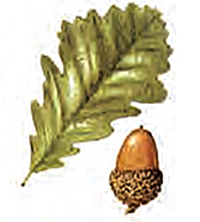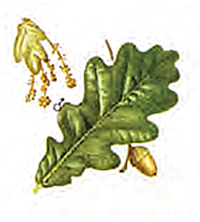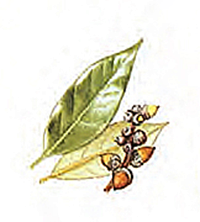
Deciduous or evergreen, oaks can, through their growth, be an indicator of the depth and richness of a soil. People familiar with the common oak in northern Europe are amazed by the rapid growth of the same species in Australia. Longer growing seasons with higher temperatures are the main reasons for this difference.
Oaks make excellent, although often large, specimen trees. Many Tasmanian parks and properties have at least one species of oak, often the common or English oak (Quercus robur). Oaks have also been used in construction, for the production of cork, in building ships’ hulls and for furniture. It was the shortage of oak in England to supply shipbuilders that led to the development of silviculture, the growing of trees for timber to supply a particular need.
Examples of oak species can be seen in all our northern hemisphere collections, while there are more mature specimens in Westbury Village Green, Launceston City Park and the Royal Tasmanian Botanical Gardens in Hobart.
»Follow this link to view a map with the locations of the collection highlighted.
»Follow this link to view the full interpretive panel in PDF format.
Comparisons
The leaves shown below are samples of northern beeches from Asia, Europe and the USA and show the similarity between the leaves and fruits.
Their distribution
The distribution of oaks across the Northern hemisphere evidences continental drift of the northern land mass plates. Some related genera extend into the tropics.

Bur Oak
Quercus macrocarpa
USA

Common Oak
Quercus robur
Europe

Japanese Evergreen Oak
Quercus acuta
Asia
